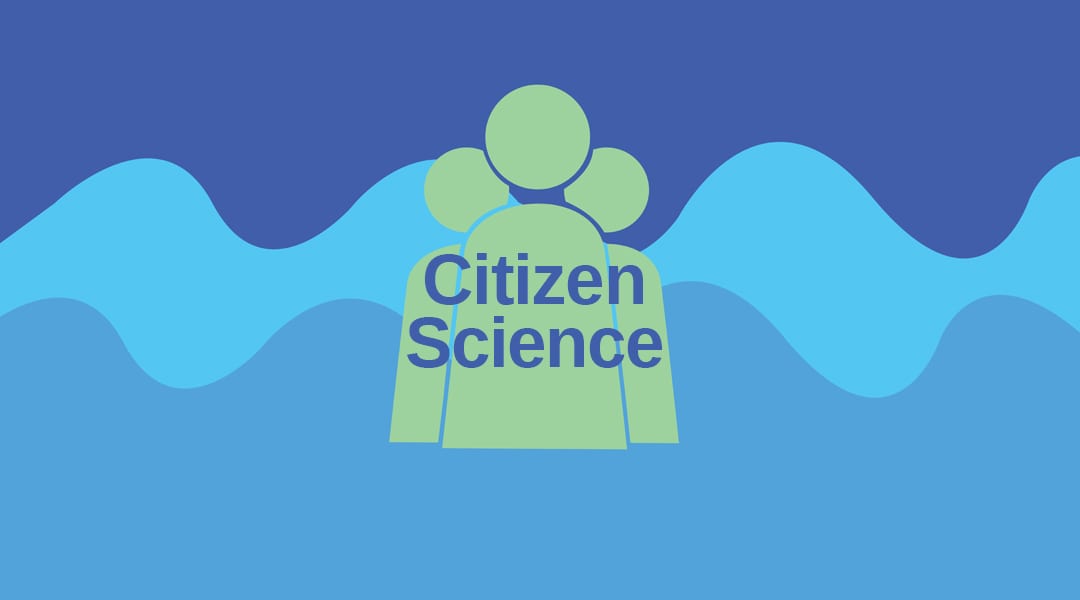Non-professional scientists increasingly participate in research projects: this is often referred to as citizen science. Such active volunteering, which is part of the broader recent trend of democratizing science, has been guided by the constant demand for research to be relevant to society. Water science is not an obvious discipline for the use of citizen science because many measurements are highly complex and technologically demanding. Yet non-scientist local stakeholders have always played an important role in managing risk, and building resilience against, natural disasters such as flooding and droughts. The uptake of citizen science in water-related projects has been greatly aided by rapid technological development over the past 10–15 years, with small, low-cost sensors and other technologies such as smartphones now widely available. This new technology has sizeable potential to make the generation of new ideas more diverse and inclusive.

Conceptual overview, potential opportunities of citizen science-related concepts in the context of reducing hydrological risk and building resilience against water-related disasters.
In an article recently published in WIREs Water, J. D. Paul and co-workers show that citizen science projects work best when there is community buy-in, when their purposes are clearly defined at the outset, and when the motivations and skill-sets of all participants and stakeholders are well understood. They can serve as a means of educating and empowering communities and stakeholders that are bypassed by more traditional data collection practices, as well as enhancing fresh ways of thinking in the way local communities adapt and protect against potential future water-related disasters.
The active involvement of citizen scientists across the entire life-cycle of a research project (rather than solely during the data collection phase) enhances local project interest and increases the ability of communities to take important decisions concerning collective responses to e.g. flooding. If some technical and communication challenges can be overcome, it may be an efficient way to enhance the culture of hazard risk and make communities more collectively engaged. It is demonstrated that citizen science effectively bridges gaps between the more theoretical aspects of science and the knowledge that is adopted by non-scientist stakeholders.
Kindly contributed by J. D. Paul et al.

















